
Why We Like Likelers
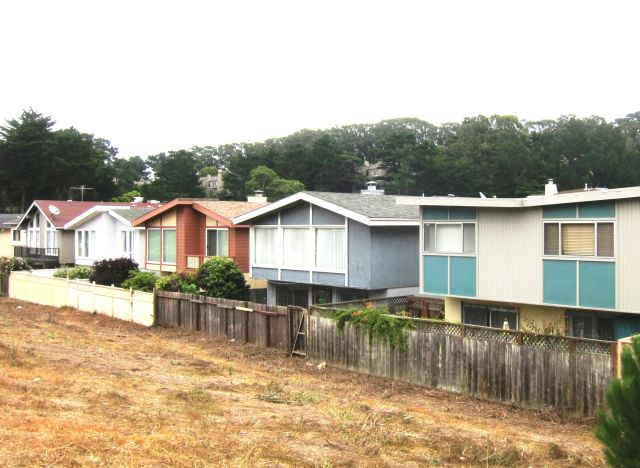 |
|
|
During the mid-century building boom, creativity was highly prized – but so was another virtue: replicability. The architects who designed homes for working-class and middle-class people were valued for their fresh ideas for solving age-old problems.
But they were valued as much for coming up with solutions that were not one-time things, but that could be used again and again and again. Mid-century modern tract homes were designed to be emulated.
That’s why the presence in our neighborhoods today of Likelers, builder homes that were inspired by, if not copied from, Eichler homes and other architect-inspired mid-century modern homes, is so important.
That these homes were built at all shows that the ideas of such creative Eichler architects as Anshen and Allen, Jones & Emmons, and Claude Oakland had filtered down into the minds of myriad developers who often employed building designers, not architects, to turn these designs into homes.
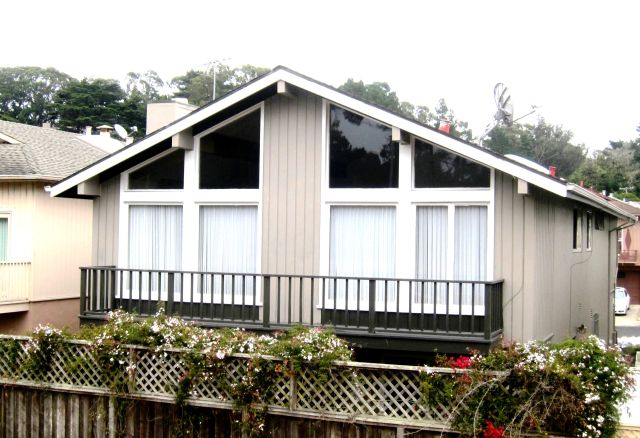 |
|
|
Bob Anshen, part of the team that gave Joe Eichler his first architect-designed houses, made this point clearly in several articles he wrote for the architectural and home builders press. These were articles aimed, primarily, not at home buyers but home builders and other professionals.
Their intent was to inspire these builders to learn from the homes Anshen and Allen designed for Eichler and for other builders of modern homes in the early to mid 1950s, including Gavello and Mackay.
In a January 1960 article for the AIA Journal (American Institute of Architects), Anshen showed off homes he and Steve Allen had designed for Mackay on the Peninsula, pointing to their facades that were “blank to the front,” and to semi-interior courtyards as features that would do well for other builders too.
To make it easier for developers, the article included details on such business-oriented factors as financing, keeping costs down, and assessing how much local people would be able to pay for a home.
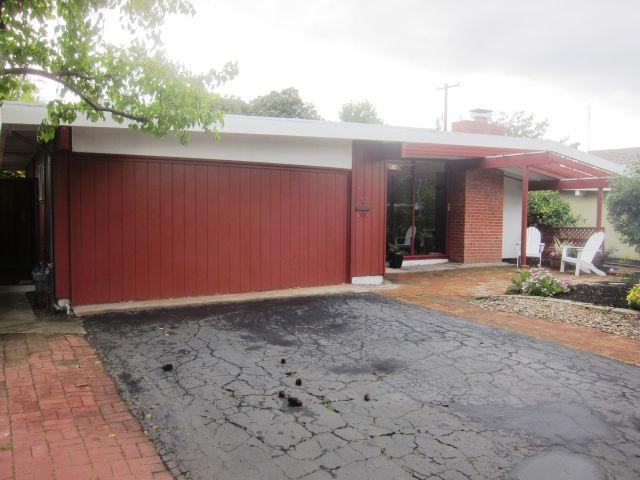 |
|
|
The article cited a tract Anshen and Allen had designed for Mackay Homes. To help sell other developers on building similar modern homes, Anshen pointed out that Mackay had at first been “leery” that “a house that did not look like a house but looked like a blank wall to the street would sell at all, but being a forward-thinking man, he went along with the architect.”
The model proved the most popular, Anshen wrote.
None of this is to say that Joe Eichler or his architects welcomed people ripping off their designs. While it happened (Robert Rummer was accused of essentially doing that to build his modern homes, in Oregon, though he denied the charge), the idea was to encourage the use of similar ideas, not outright plagiarism.
It should be noted, for example, that when Jones & Emmons and Anshen and Allen designed homes for tract builders other than Joe Eichler, they came up with rather different designs – though rooted in the same principles of open planning, openness to the out of doors, functionality, and the like.
And as this column has noted before, neither Eichler nor his architects invented the tenets of modernism, which had become the lingua franca of the day among advanced planners, architects, and builders.
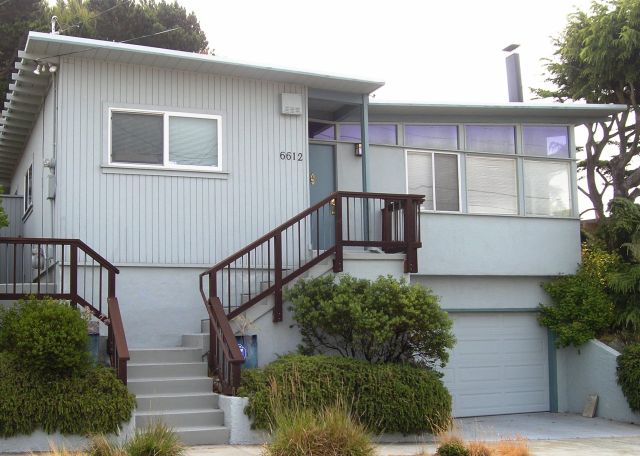 |
|
|
In the past, CA-Modern has often considered other architects and other developers who designed modern homes in a style similar to those of Eichlers. Sometimes people call these houses Likelers, which can be misleadingly.
In these cases, the term can be a bit of a pejorative, suggesting that the homes, more than copying Eichlers, are a bit lower class, less well built, less creative, and so on.
In fact, many of the architects who designed other mid-century modern neighborhoods, such as Cliff May and Chris Choate in both northern and southern California, and the Streng Brothers and their architect Carter Sparks in the Sacramento Valley, and others, are among the most forward thinking and creative people of their era.
If their homes look superficially like Eichlers, closer inspection will reveal the individual genius of the designer.
So what really is a Likeler and how can we identify one when we see it?
Well, it can be tricky. Many of the standalone mid-century modern homes that dot our neighborhoods are architect-designed custom homes.
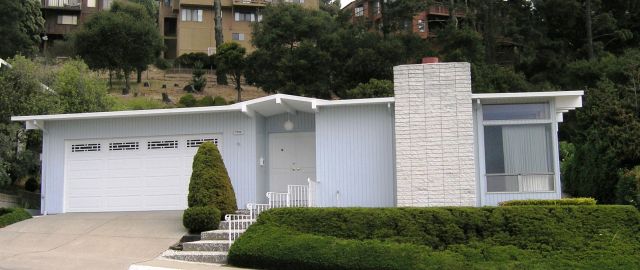 |
|
|
So one clue in hunting down Likelers is to see if the homes in question are part of a small tract. Many developers at the time bought up parcels of land and laid out three, five, even a dozen or two dozen modern homes in a row or on parallel or adjacent streets.
Often these homes don’t carry the modern motif quite as far as the Eichler homes did. Rather than the same type of siding on all sides of the house, for example, there may be wood siding on the front, stucco in the rear and sides.
Often, too, the commitment to modernism is not complete, with the homes suggesting ranches with modern features. (Though it must be said that some excellent modern architects of the period often did the same, no doubt to placate conservative clients.)
And then, of course, one comes upon mid-century groupings that look somewhat strange, as though the designer was trying…or maybe trying just a bit too much.
Next time you travel through the Bay Area and beyond, keep your eyes out for – the forgotten Likelers.
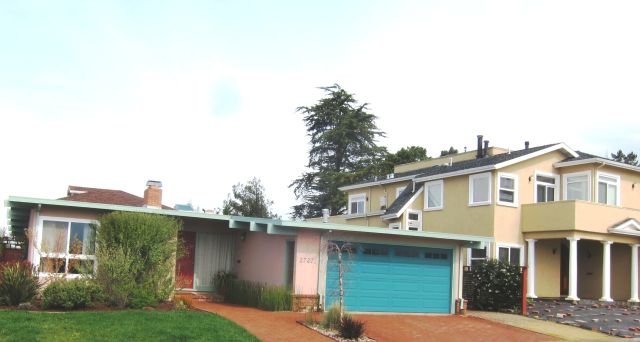 |
|
|
- ‹ previous
- 655 of 677
- next ›



